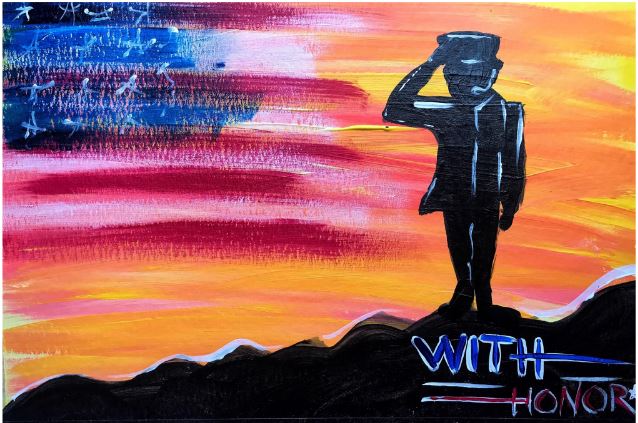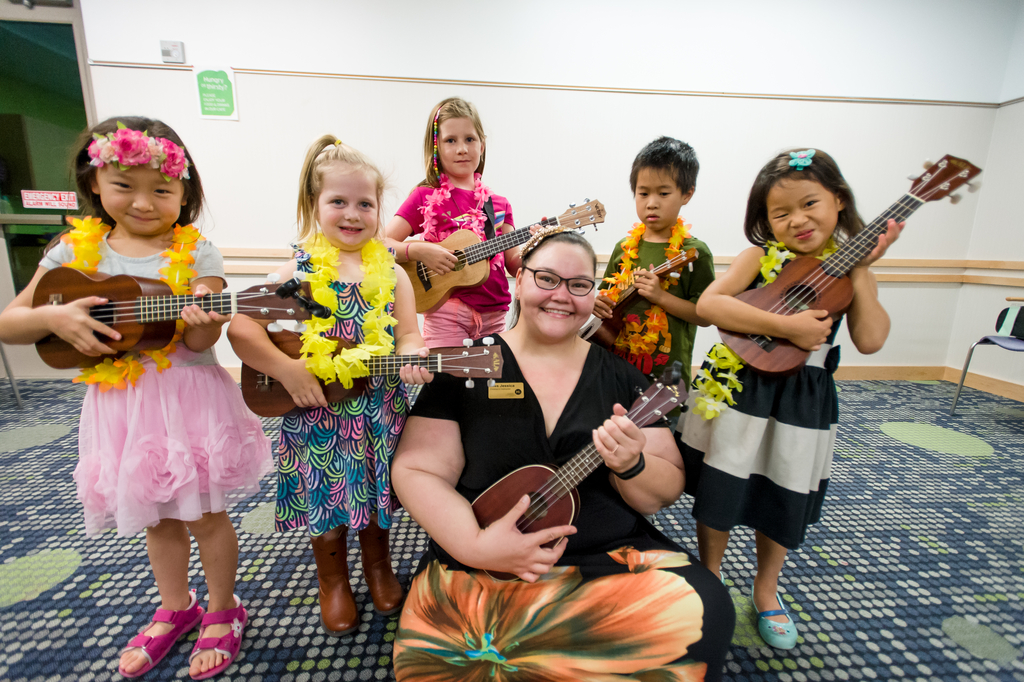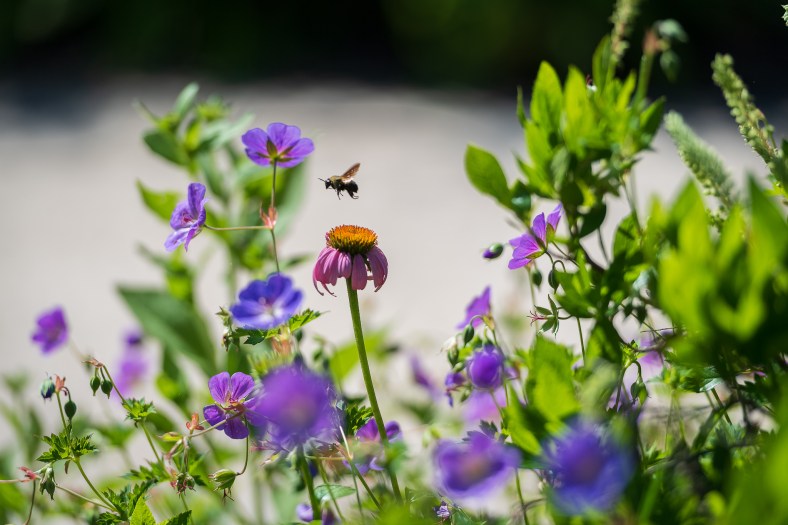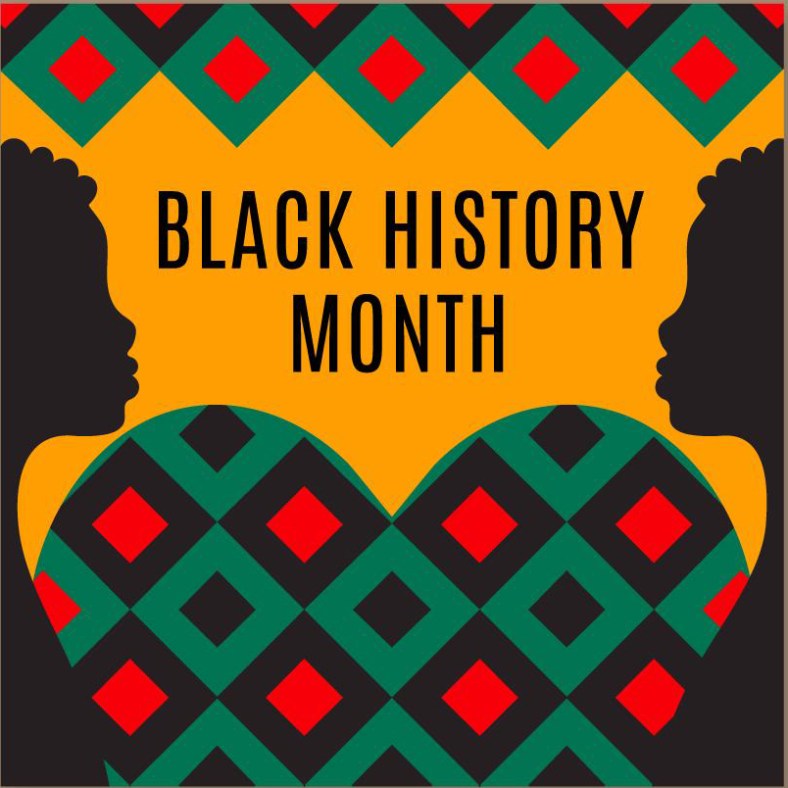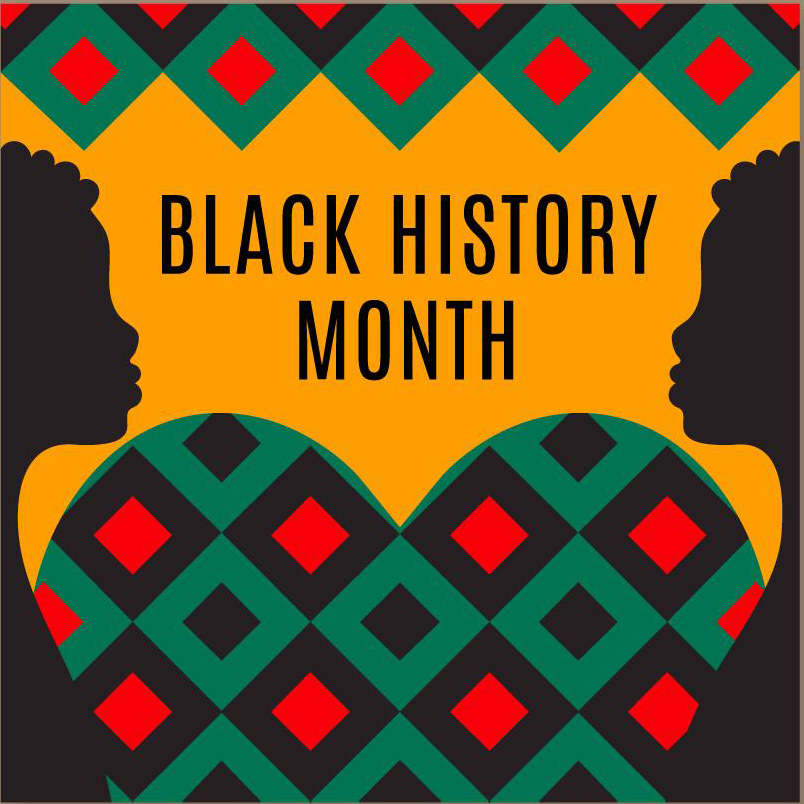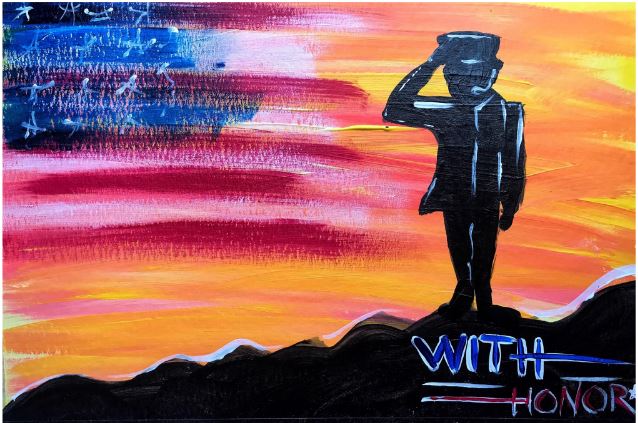
Colors of Courage: A Guided Painting Class for Veterans (with ArtJamz)
For veterans. Register.
Looking for a unique way to express yourself and connect with fellow veterans? Consider this veteran-focused guided painting class that offers a chance to connect with other veterans in a supportive and nurturing environment. Enjoy the opportunity to socialize and bond with other veterans, fostering a sense of camaraderie and support.
Wed Nov 8 6:30 – 8:30 pm Elkridge
Romare Bearden: Artist, Activist, Veteran
by Emily B.
Artist Romare Bearden was born in North Carolina in 1911 and moved to Harlem a few years later as part of the Great Migration, which saw approximately 6 million African Americans leave the southern United States for industrialized areas with less hostility and prejudice. Bearden’s mother Bessye was a prominent civic activist, and their Harlem home hosted notable cultural figures like Duke Ellington and Langston Hughes. This intersection of activism and artistry would prove influential to Bearden and his life’s work, but not before a quick detour into America’s favorite pastime.
While attending college in Boston, Bearden became a baseball star. He pitched for his school’s team and the Boston Tigers, part of the all-black Negro Baseball League. He was offered a spot on Philadelphia Athletics, a Major League team, on the condition that he passed for white. Bearden rejected the offer and returned to New York, uncomfortable with hiding his identity. After graduating college, Bearden became a case worker for the New York Department of Social Services. He would continue in this line of work on and off to support his artistic passions, which he pursued most nights and weekends. He also spent a few years as a political cartoonist for the Baltimore Afro-American, a weekly newspaper (available at hclibrary.org > research).
During this time he joined the Harlem Artists Guild, a collective of Black artists that aimed to encourage young artists and foster an appreciation for art, while creating awareness of the issues faced by the community. Most of Bearden’s art during this period consisted of abstract paintings.
Between 1942 and 1945 Bearden was in Europe, serving in the all-Black 372nd Infantry Regiment of the US Army. Bearden returned to Europe in 1950, utilizing the GI Bill to study literature and philosophy and tour museums.
After returning from his studies Europe, painting felt stale to Bearden. He found inspiration in the Civil Rights Movement and mass media. He began creating collages, utilizing magazine clippings to create socially-conscious works of art. This artistic shift was well received, with his collages becoming his most iconic works. Prior to his death in 1988, Bearden created approximately 2,000 works of art across many mediums. While he is most remembered for his collages, his impact extends far beyond the art world.
Framed reproductions of his works “Carolina Blues” and “Jamming at the Savoy” are available to borrow from the Art Education Collection.
Emily is an Instructor & Research Specialist at the Central Branch. She enjoys puzzling, reading, listening to music, and re-watching old seasons of Survivor.

